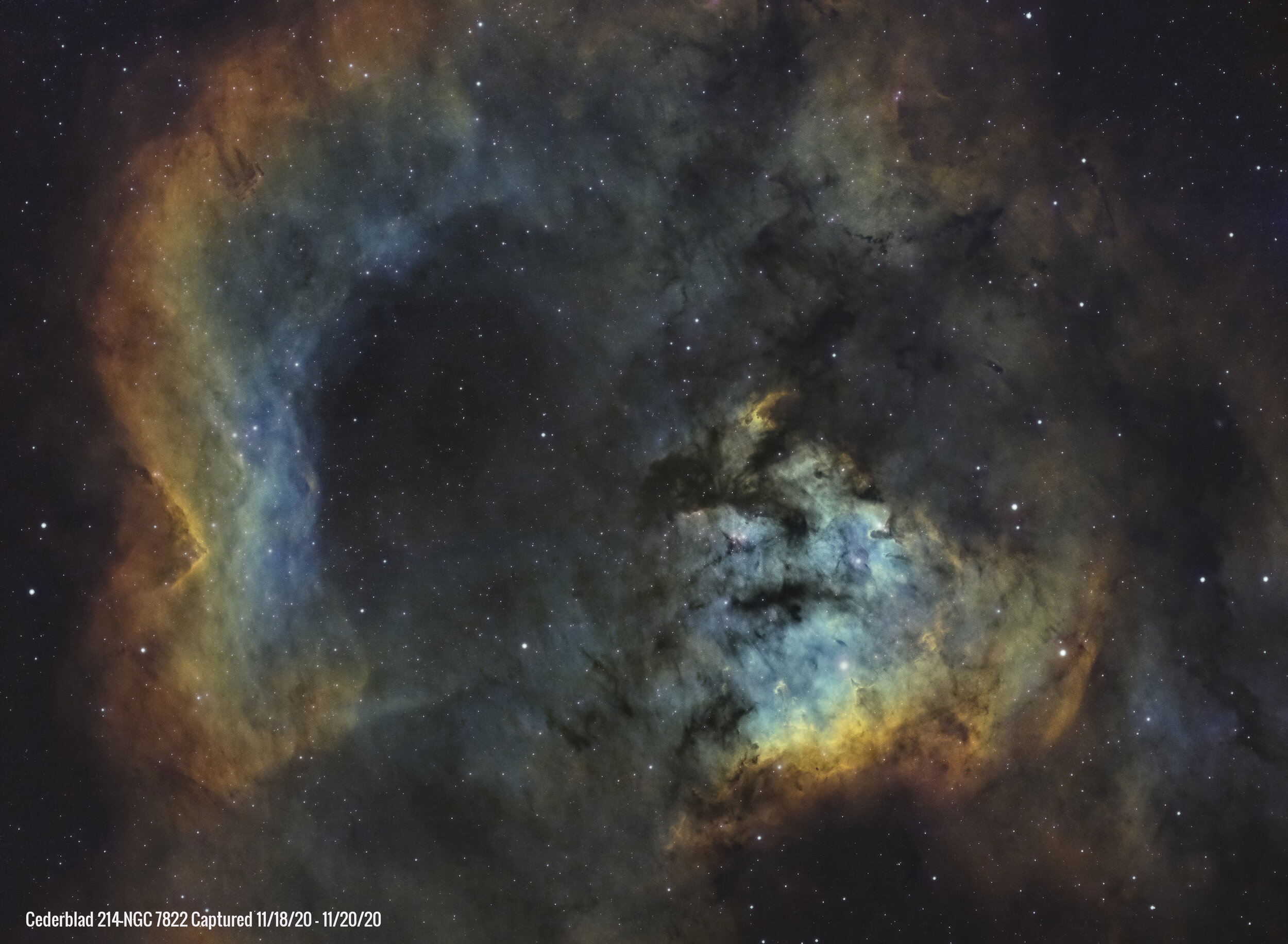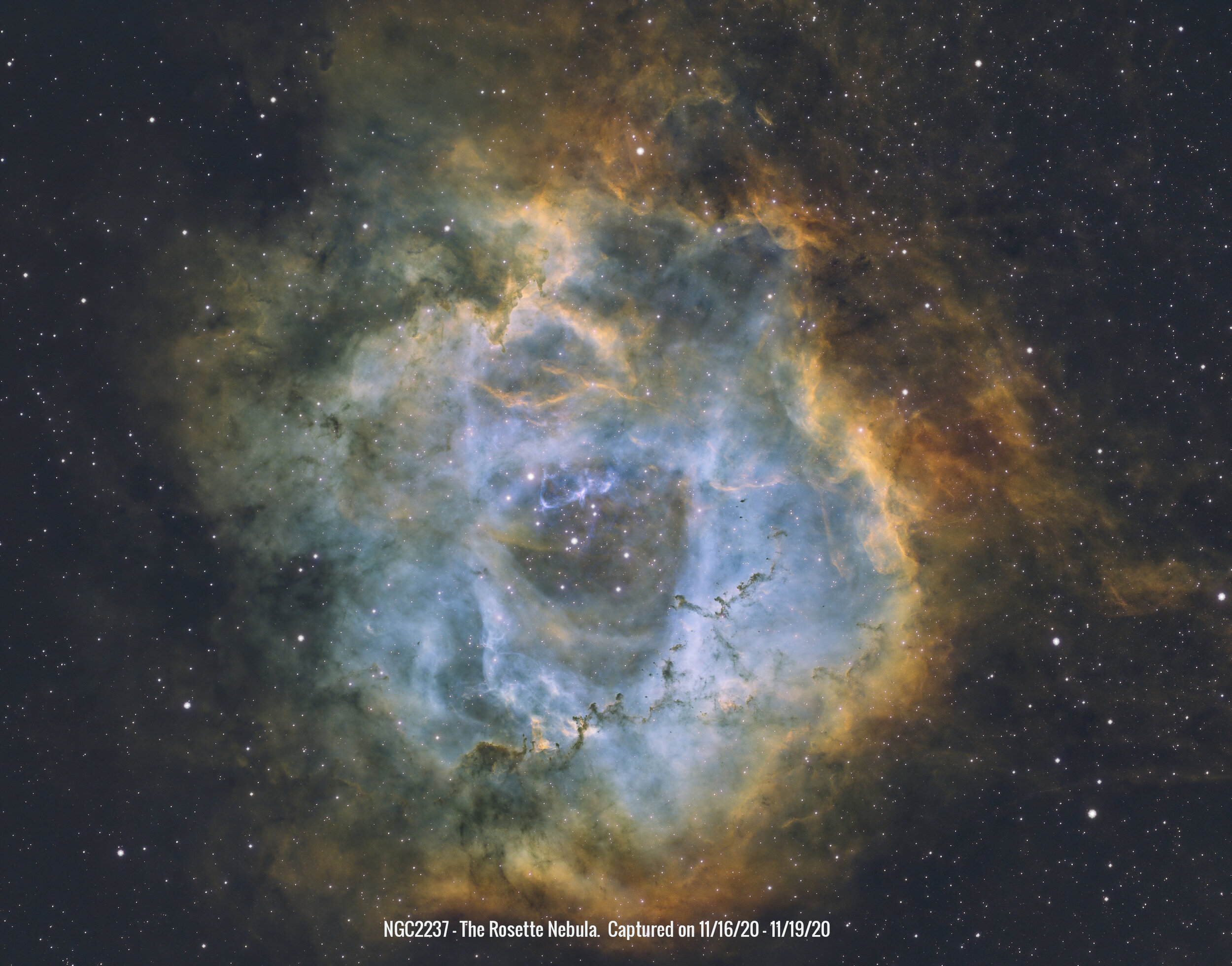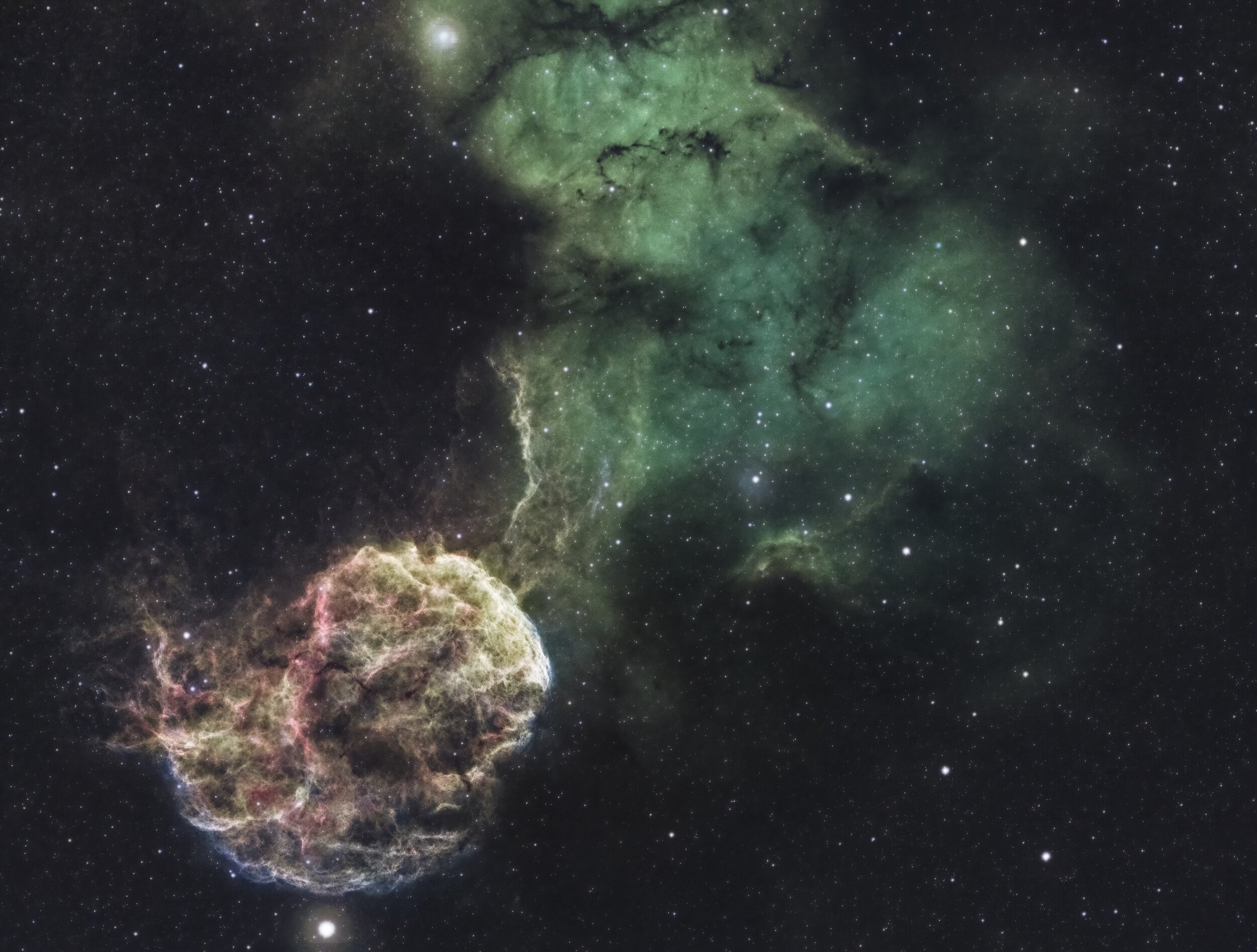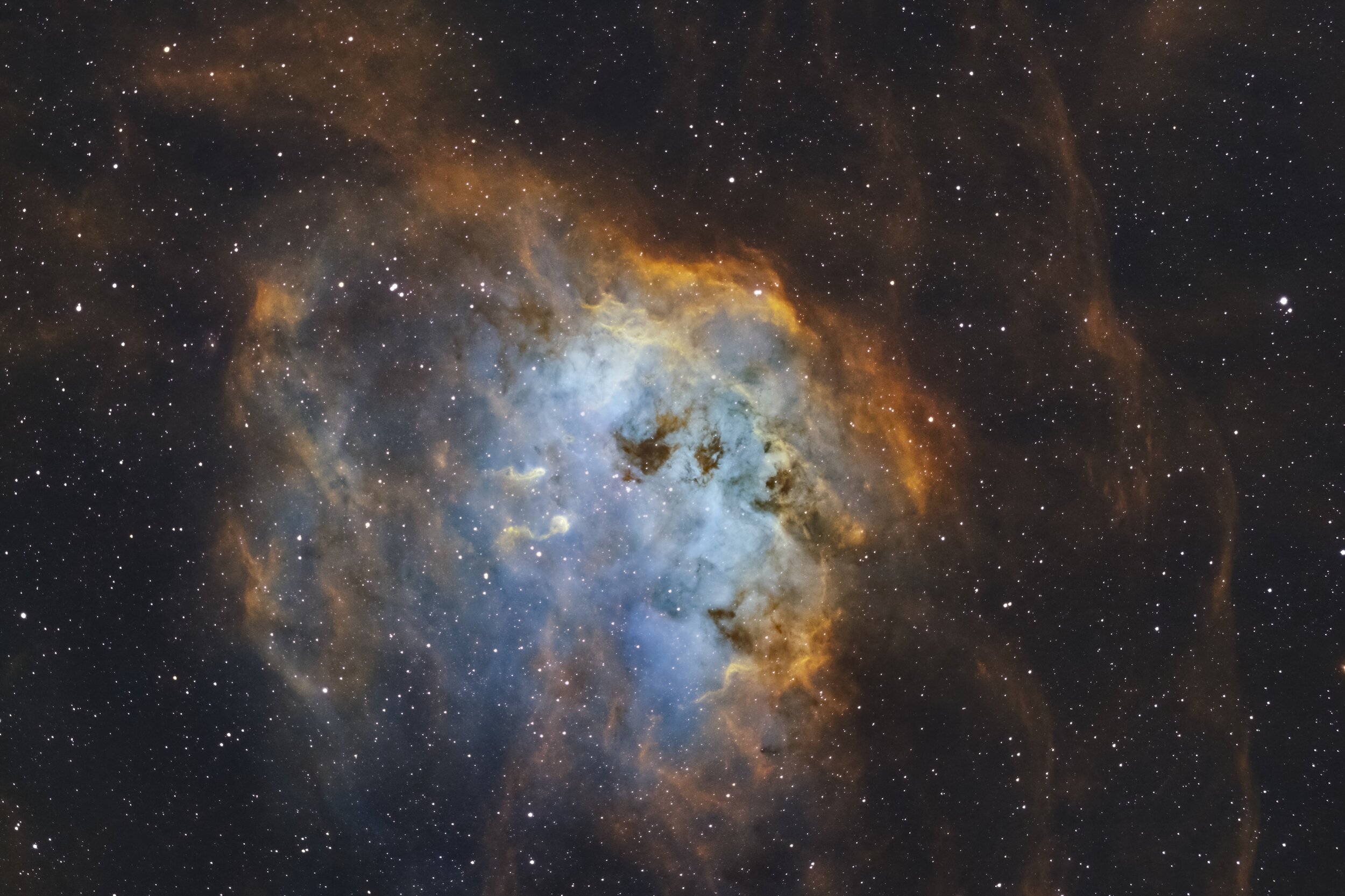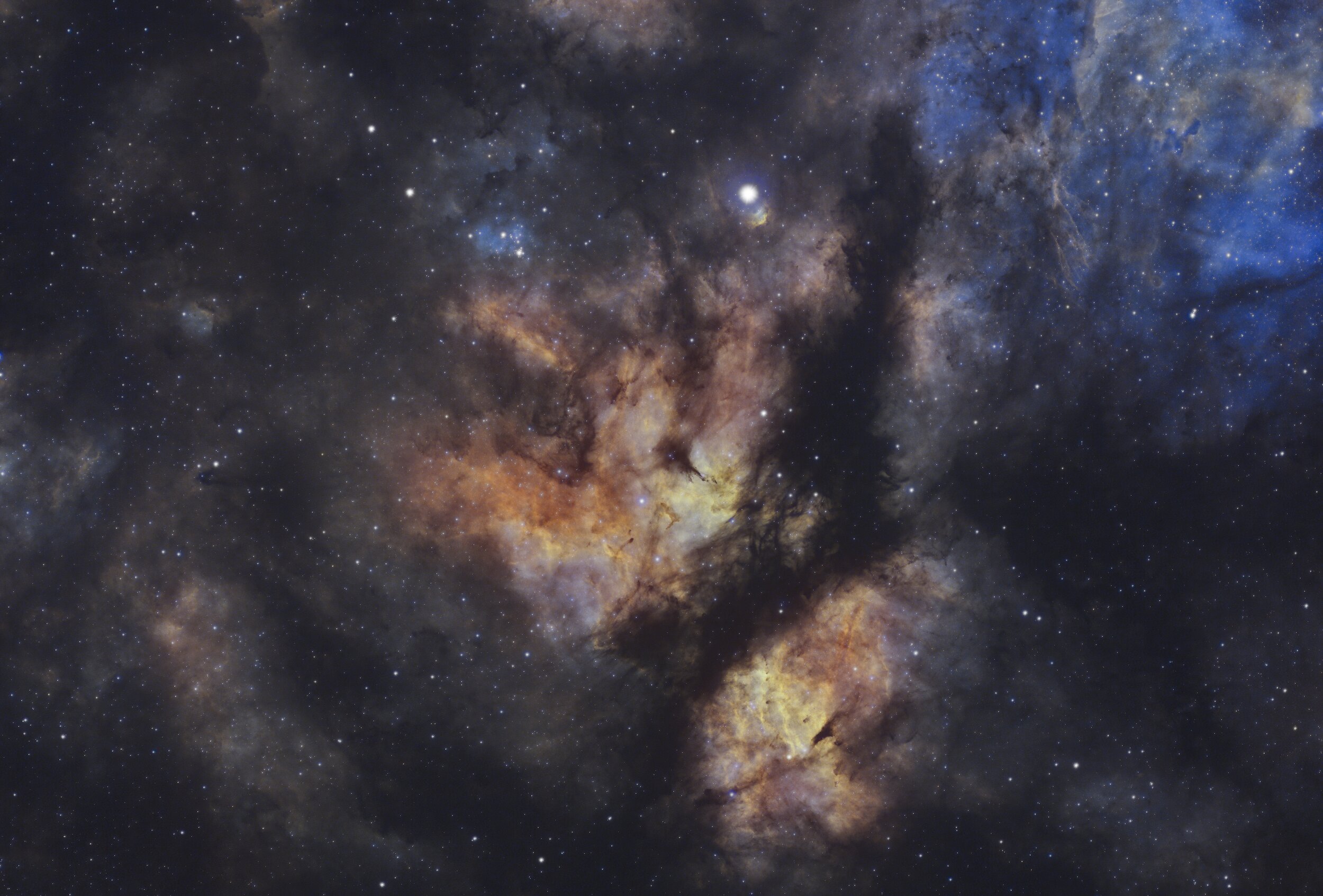First round of images from the ASI294MM pro
We have had some great weather down here in south Texas the last few weeks so I was able to get a lot of use out of the new 294mm. Really have nothing but love for the 294. The images speak for themselves. Here are a few that I was able to capture in SHO, each one between 8-10 hours of integration.
